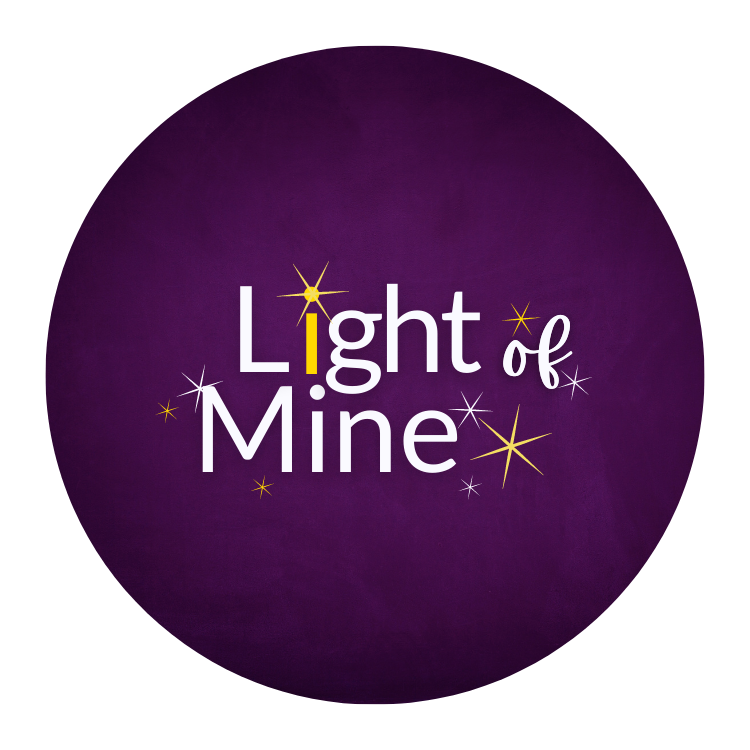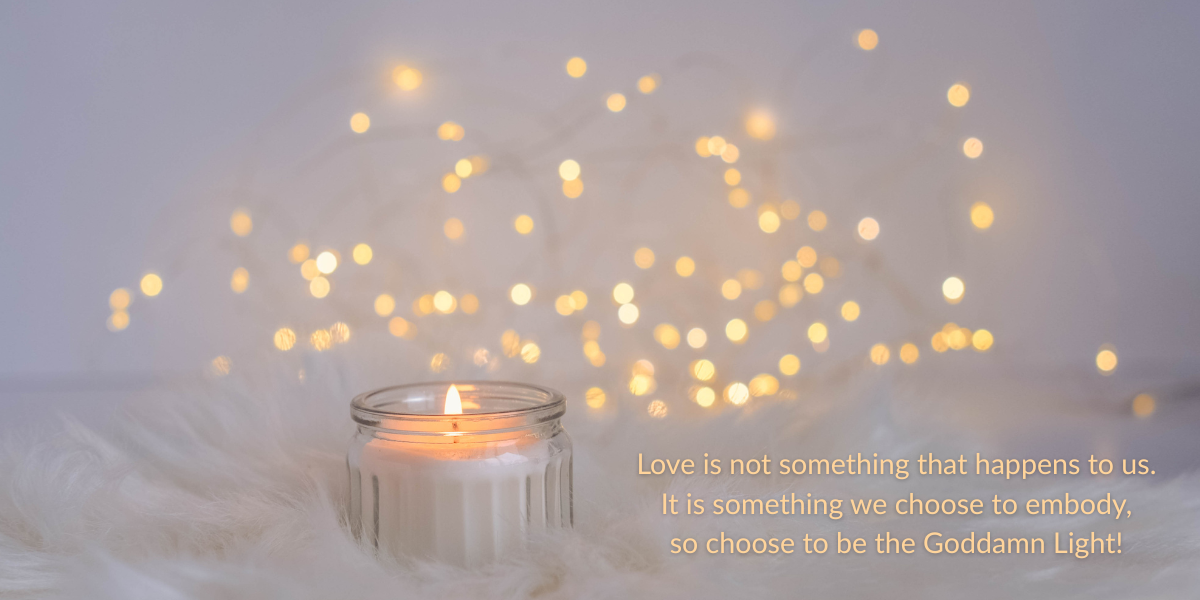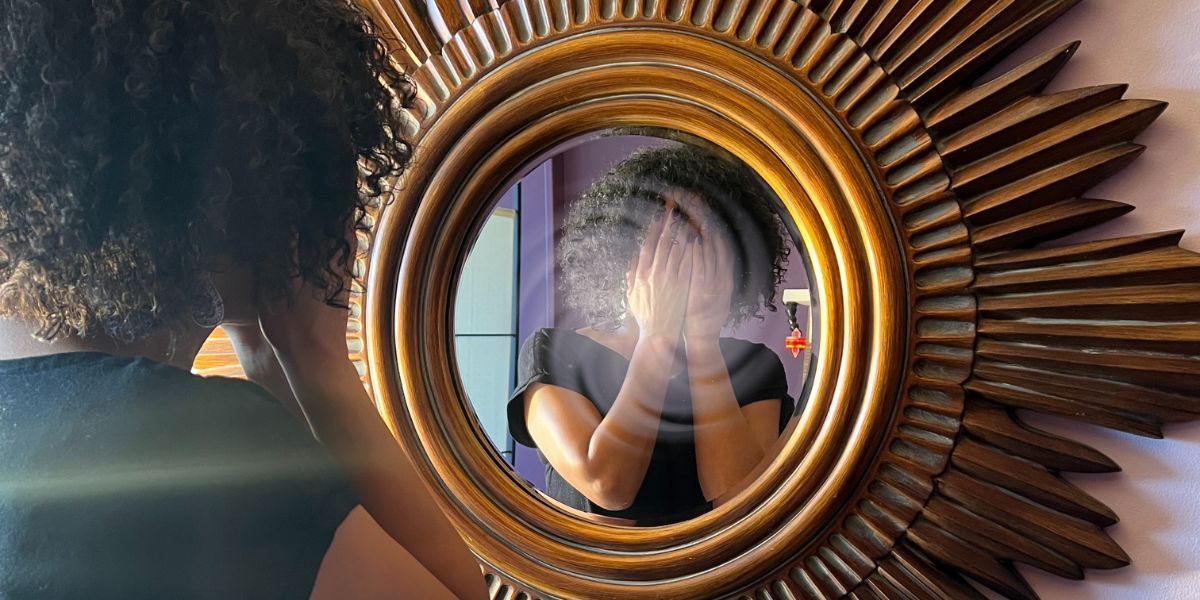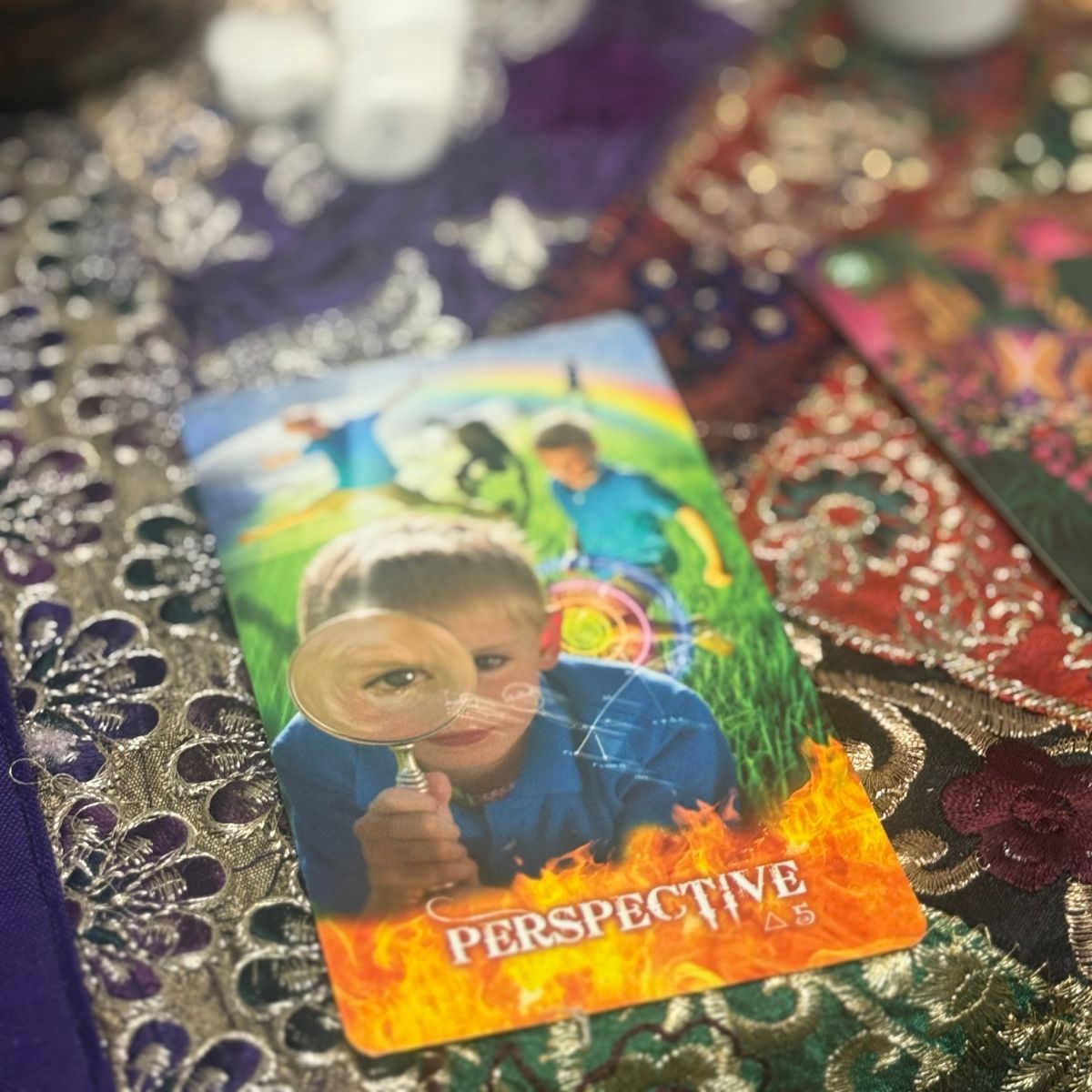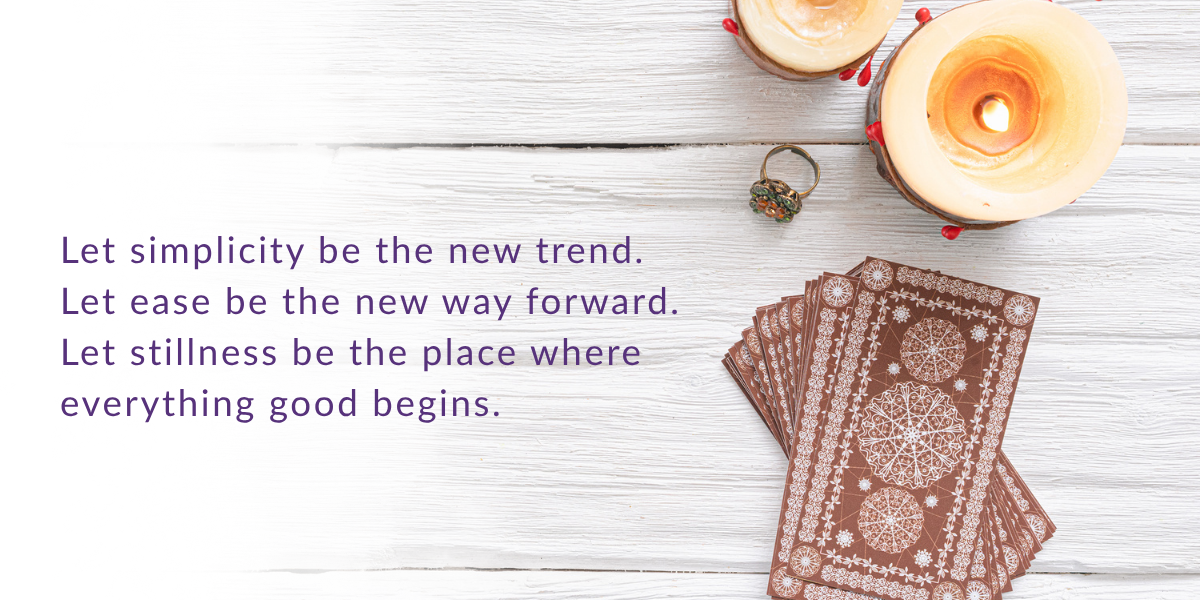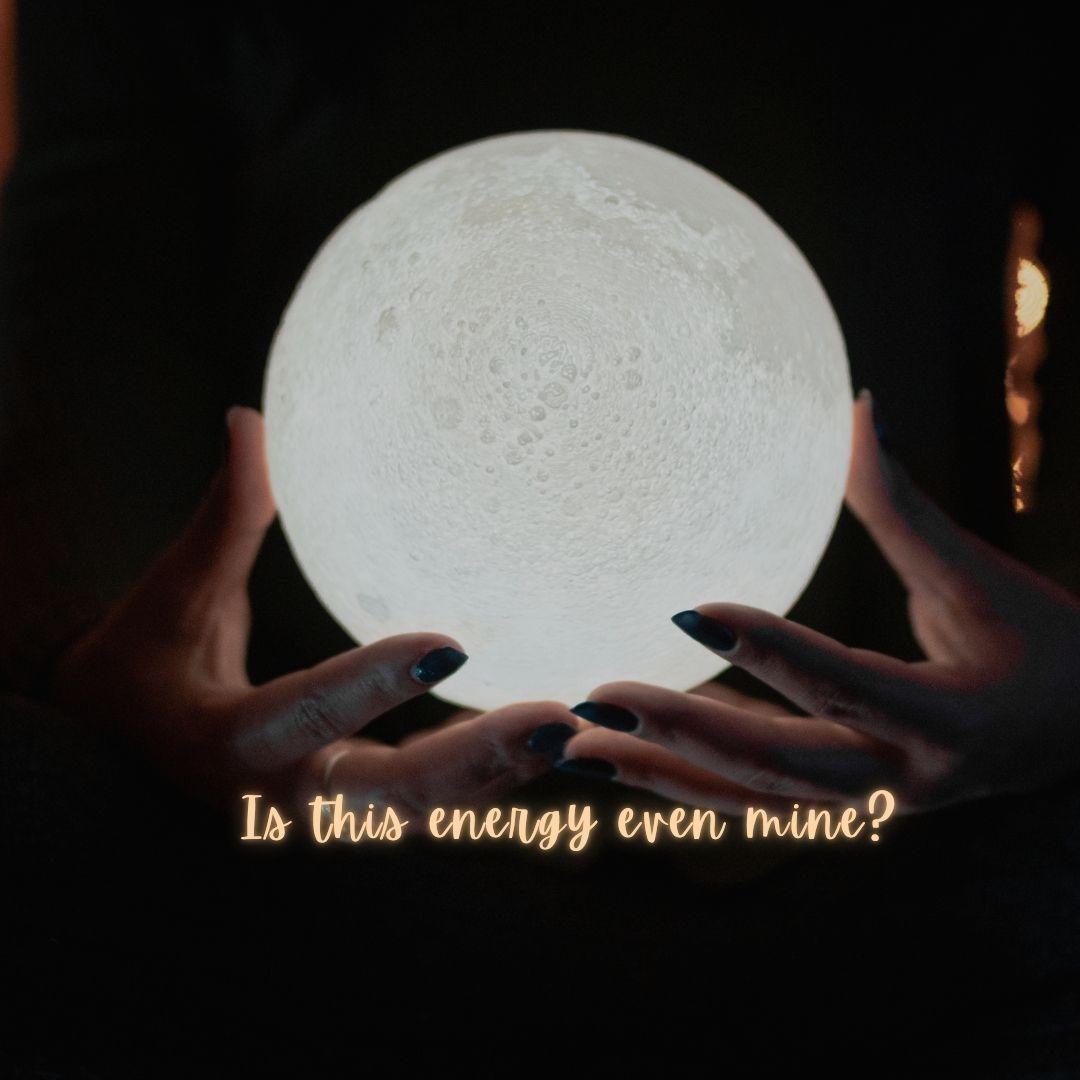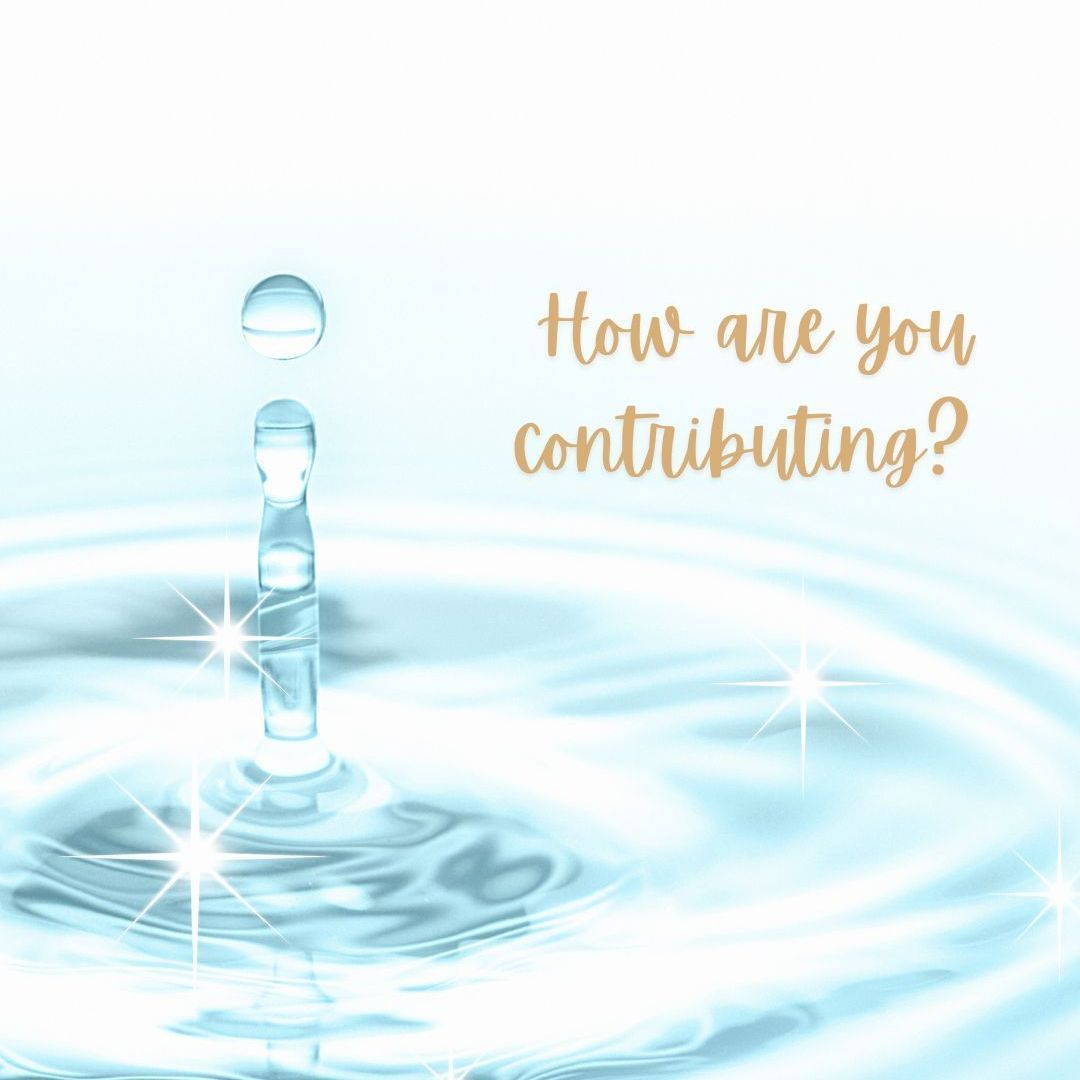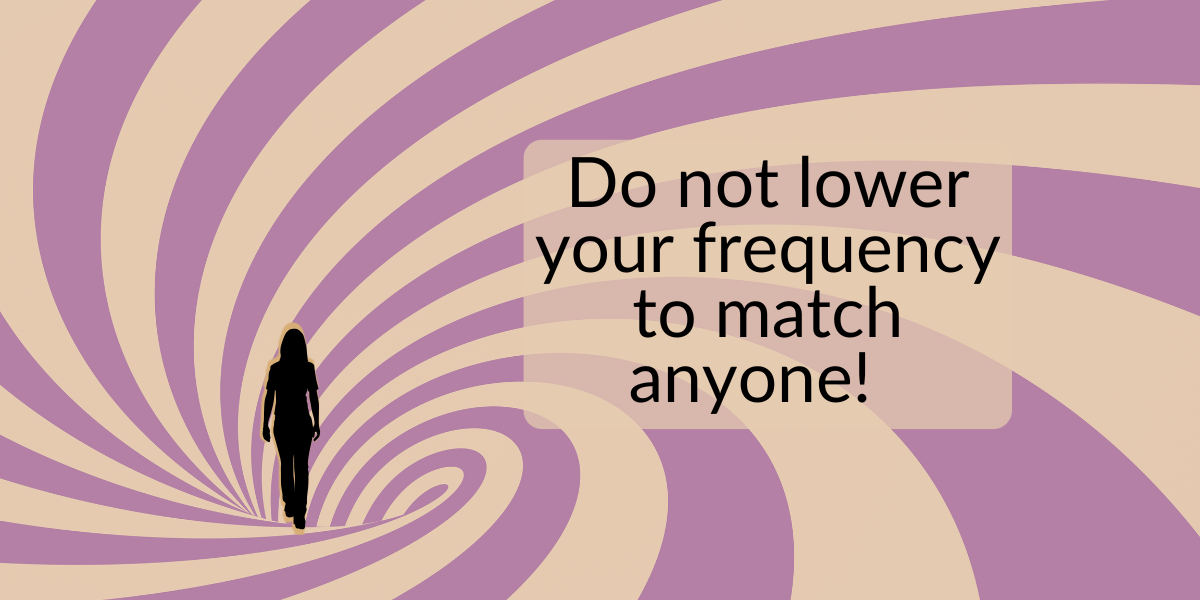Intuition vs Anxiety: How to Tell the Difference & Trust Yourself
The Truth About Intuition (It's Not Always a Lightning Bolt)
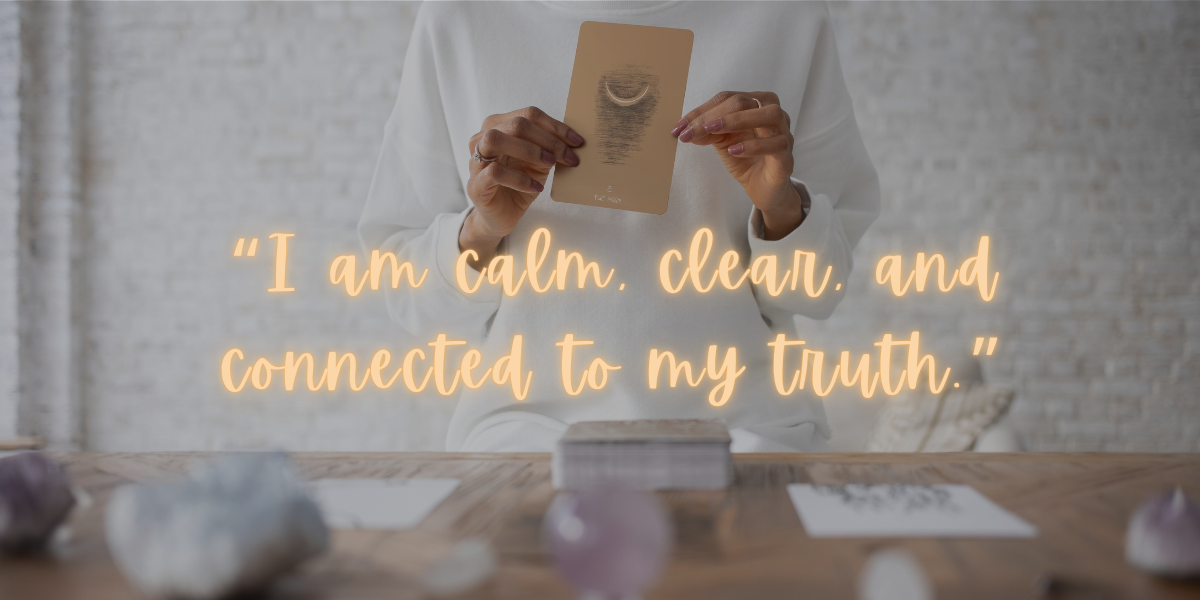
When I first started doing energy work, I often felt like I was just making things up.
Why? Because intuitive messages didn’t arrive as booming voices or cinematic downloads.
They came quietly—through me. My own voice. My own imagination.
At first, I doubted everything. I’d see images in my mind’s eye and think, this is just pretend… right?
But again and again, those images resonated deeply with the people I worked with.
One time, a woman’s mother (who had passed) showed me an image of giving her daughter a rock.
That’s all. A rock. I almost didn’t say it out loud—but I did. And the client lit up.
“YES,” she said. “I’m getting married this week, and the diamond in my ring was my mother’s.”
That moment changed everything. I stopped doubting and started trusting. Intuition often sounds like your own voice.
It's subtle. It's soft. But it's real.
What’s the Difference Between Intuition and Anxiety?
Let’s keep it simple:
Physical & Emotional Cues
Intuition is grounded and steady, while anxiety is chaotic and shaky.
Intuition arises from a neutral place, while anxiety is emotionally charged.
Intuition guides you gently, while anxiety pushes you from fear.
Intuition doesn’t rush you, while anxiety creates pressure and urgency.
Intuition often brings peace, while anxiety usually comes with dread.
Your nervous system is a great compass.
If you feel open and soft, that’s intuition.
If you feel tight, reactive, or rushed, that’s anxiety.
A Simple Technique to “Trust Your Gut”
Here’s a favorite tool I teach beginners:
The Human Pendulum (aka the “Trust Your Gut” Technique)
Try this when you need clarity:
- Stand up straight, feet hip-width apart, knees soft.
- Close your eyes and take a few deep breaths.
- Say something true: “My name is [your name].”
- Your body may gently lean forward. That’s a yes.
- Say something false: “My name is [wrong name].”
- Feel a gentle lean backward. That’s a no.
- Now ask your real question:
- “Is this supplement right for me?”
- “Is going to this event aligned?”
If you don’t feel any sway, ground yourself and try again—or reword the question.
This technique helps you get out of your head and back into your body’s natural wisdom.
How to Tap into True Intuition
Before making a big (or small) decision, try this checklist:
✅ Breathe
Deepen your breath and allow your body to settle.
✅ Ground
Touch the earth, sip water, or place your hand on your heart.
✅ Ask: “Is this truth or trauma?”
Intuition feels like clarity. Trauma feels reactive or intense.
✅ Time-Test It
Intuition stays consistent. Anxiety shifts every five minutes.
✅ Scan Your Body
Intuition speaks through the gut, heart, or crown.
Anxiety lives in the chest or head.
Your Intuition Might Sound Just Like You
Here’s the real kicker: intuitive guidance often doesn’t feel “spiritual” at all.
It might sound like your own thoughts. A passing idea. A visual in your mind’s eye. A quiet nudge.
The more you play with it, the clearer it gets. Don’t wait for thunder. Listen for the whisper.
Intuition isn’t a superpower—it’s a skill.
The more you trust it, the stronger it becomes.
Final Thoughts: Trust the Whisper
Your inner voice is always guiding you. It may come as a whisper, an image, a body sway, or a passing thought.
Whatever the form, it’s real. And it’s yours.
So stay curious. Play. Practice. And most importantly—trust yourself.
You've had the guidance all along.

